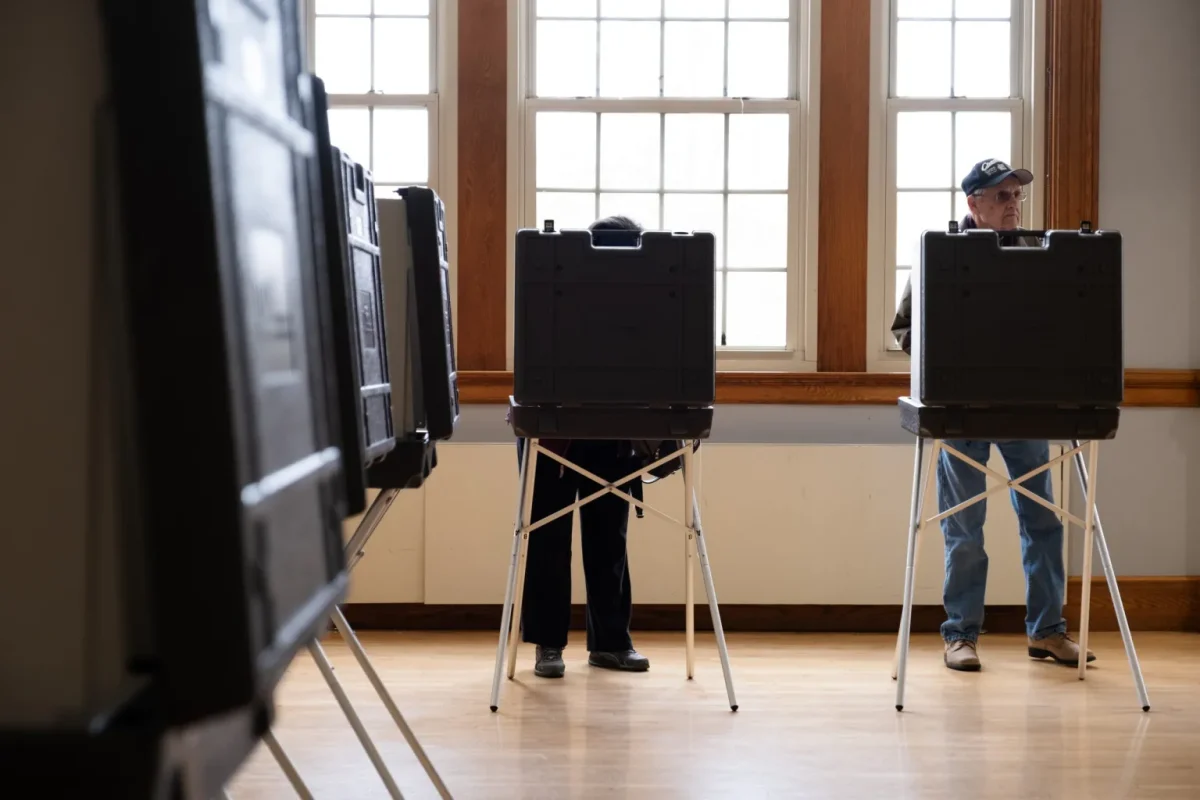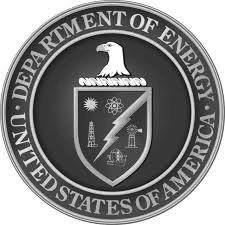The 2024 presidential election is underway with presidential primaries already having been held in 39 states. The most recent presidential primary elections took place in Connecticut, Rhode Island, New York and Wisconsin.
The 2024 presidential primaries throughout the country started on Jan. 15 and the last one will be held June 8.
Primary elections are used to determine what candidate from each political party will run in the general election. The Democratic candidates will run against one another, as will the Republican candidates.
To win a primary election, candidates need a majority of delegate votes at the respective convention to win the party’s nomination.
Delegates are people who represent their state or community at their party’s presidential nominating convention. They tend to be party insiders, activists or early supporters of a particular presidential candidate. Delegates can approve the party’s platform and add certain rules governing the parties.
Regular citizens can vote in primary elections, which helps voters get an idea of who is the most popular candidate. Although, the candidate who wins the most delegates is the one put on the general election ballot not who has the most votes.
The candidates for the 2024 general presidential election who have been unofficially nominated are former President Donald Trump and current Pres. Joe Biden. The Democratic National Convention will be held Aug. 18-22 in Chicago, Ill., where they will confirm Biden as the Democratic candidate for the 2024 presidential election. The Republican National Convention will be held July 15-18 in Milwaukee, Wisc. to confirm Trump as the Republican candidate.
Biden clinched the Democratic nomination by winning 1,968 delegates out of the 3,900 Democratic voting delegates in the current primary season. Democrats receive delegates by winning 15% of the statewide vote to qualify for any statewide delegates and at least 15% of votes in a congressional district to qualify for delegates in that district.
There are 2,429 Republican-voting delegates at the convention, with Trump surpassing the 1,215-delegate threshold to clinch that nomination during this primary season.
Connecticut held its primary on April 2. With 95% of the votes in, Biden won 85% of Democratic votes and Trump won 78% of Republican votes. These results were expected because of the number of delegates both Biden and Trump received in earlier primaries.
Connecticut Sec. of State Stephanie Thomas, said in a statement, “This isn’t a competitive primary, so a lot of people have been voting for different reasons. Some people think it’s important to vote in every election, as I do. Some wanted to be a part of history. Some towns reported having a line on the first day of early voting.”
This was the first time Connecticut had an option for in-person early voting. According to Thomas, nearly 18,000 votes were cast ahead of the April 2 primary.
Overall voter turnout was less than 10%, Thomas said. A “pretty low turnout in general, but I thought it was a resounding success. We had over 17,000 people come and vote early across the state.”
There was an option on each party’s ballot to vote “uncommitted,” which gave voters the option to not vote for any name on the ballot;11.4% of Democrats voted uncommitted, which was the next highest vote percentage below Biden’s 85%.
On the Republican primary ballot, 4.9% voted as uncommitted. Nikki Haley, who has since dropped out of the race, still received 14% of the Republican votes.
“I think at the end of the day … we should move our primary up even further up into the calendar, into March,” Connecticut Republican Party chairman Ben Proto told the CT Mirror. “Hopefully by 2028, they’ll figure out it’s the appropriate thing to do.”
Low voter turnout for Connecticut’s presidential primary election
Connecticut residents voting at the polls, West Hartford, April 2, 2024.
0
More to Discover




